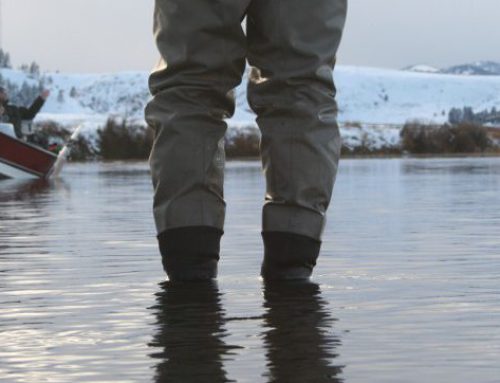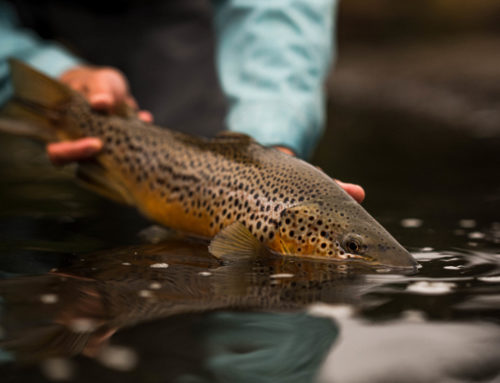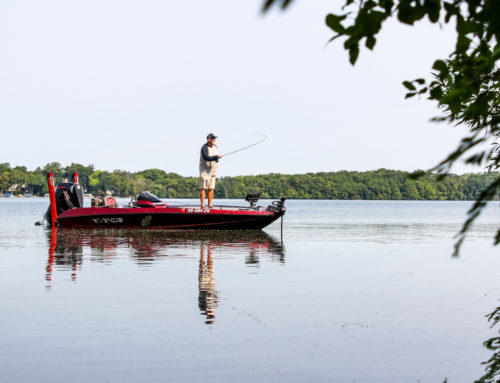Some encouraging news for anglers in Colorado: populations of the state fish swim back from brink of extinction. From the article on CNN: The greenback cutthroat trout, Colorado’s state fish, was declared extinct over 50 years ago. But last week officials found the first confirmation that the trout are once again reproducing in the wild. Colorado Parks & Wildlife discovered that the trout are naturally reproducing in Herman Gulch in Summit County, according to a news release. The discovery serves as evidence that the department’s intensive reintroduction program has succeeded in bringing the fish back from the brink of extinction.
“Our team of field technicians literally high-fived right there in the stream when we captured that first fry that was spawned this year,” Boyd Wright, an aquatic biologist who has led the reintroduction project, said in the release. The fry was proof that the captive-born fish were indeed breeding on their own. “When moments later we captured a one-year-old fish produced in 2021, we were truly beside ourselves.”
Photo courtesy of Boyd Wright, Colorado Parks & Wildlife.
To learn how you can get involved, visit Colorado Trout Unlimited.
From Colorado Parks & Wildlife: Though presumed to be extinct by 1937, several wild populations of what were thought to be greenback cutthroat trout were discovered in the South Platte and Arkansas basins starting in the late 1950s. These discoveries launched an aggressive conservation campaign that replicated those populations across the landscape so that they could be down-listed from endangered to threatened under the Endangered Species Act. Momentum for preserving these native jewels continued to build, and in 1996, the greenback was designated as Colorado’s state fish. Efforts to establish new populations were proceeding along a track that suggested the recovery plan benchmarks might soon be met, and the subspecies could be delisted entirely




